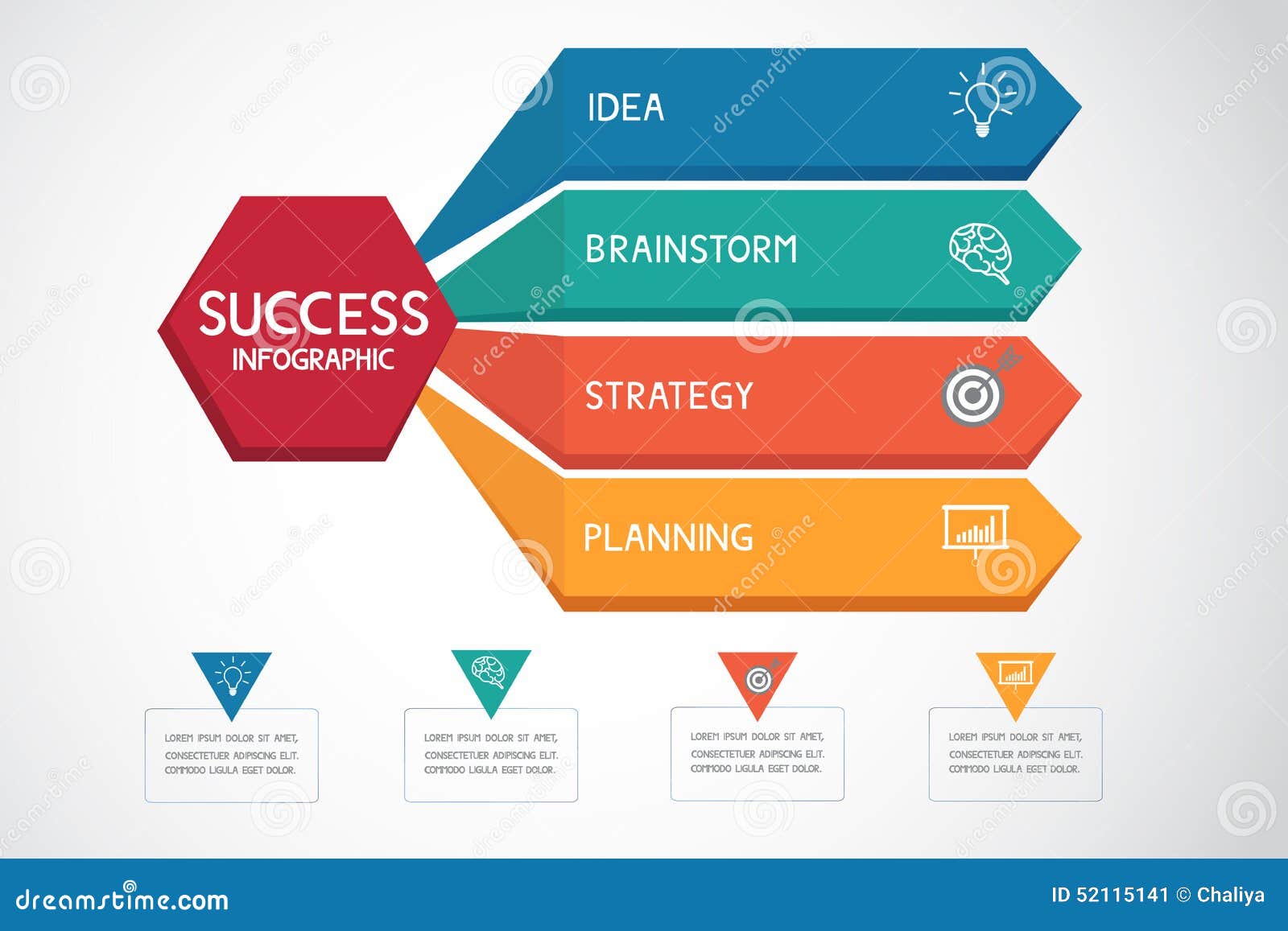Internet Site Style Fundamentals: Tips For Building A User-Friendly Website
Internet Site Style Fundamentals: Tips For Building A User-Friendly Website
Blog Article
Content Created By-Hovmand Thorpe
When it involves site style, ensuring user-friendliness is key. From responsive design to structured navigating, every aspect plays an essential function in producing a site that accommodates your target market's needs. Yet what about https://ricardovqjex.blogdanica.com/34113267/equal-the-latest-web-design-fads-and-developments that can make or damage a user's searching experience? Remain tuned as we discover some often-overlooked tips that can boost your site's usability to the following level, making it genuinely stick out in the electronic landscape.
Relevance of Responsive Style
Responsive design is a vital element of modern-day website growth. Guaranteeing your site is receptive ways that it can adapt to different display sizes and devices, supplying a smooth experience for individuals.
With the enhancing use of smart devices and tablets to access the net, having a responsive style is important for getting to a bigger target market. It aids in boosting user experience by making your site very easy to navigate and keep reading any device.
Furthermore, receptive layout can favorably influence your search engine positions, as internet search engine like Google focus on mobile-friendly sites. By having a receptive design, you're also future-proofing your site, as brand-new devices with differing screen dimensions continue to emerge.
Simplify Navigation Framework
To boost user experience and promote very easy accessibility to info on your website, simplifying the navigating structure is vital. When developing https://www.dailystrength.org/journals/the-development-of-internet-site-style-from-earlier-times-to-cur , concentrate on creating a clear and user-friendly navigating menu that aids visitors locate what they're searching for promptly.
Restriction the number of menu items to the basics, organizing related web pages with each other to prevent overwhelming users. Usage descriptive tags that plainly show the material of each page, making it simpler for users to recognize where each link will certainly take them.
Take into consideration executing dropdown menus for subcategories to stop cluttering the main navigating bar. Additionally, include a search bar plainly on the page for individuals who choose looking for specific information.
Prioritize mobile responsiveness in your navigation style to ensure simple accessibility on all devices.
Optimize Page Tons Speed
Improving page lots rate is important for keeping site visitors on your internet site. Slow-loading web pages frustrate users and can lead to high bounce prices. To enhance page load rate, begin by enhancing photos. Compress photos without compromising top quality to reduce their data sizes.
Furthermore, make it possible for browser caching to store often accessed sources in your area, speeding up load times for returning visitors. Minify CSS, JavaScript, and HTML documents by eliminating unnecessary characters, remarks, and format, boosting load speed.
Take into consideration using a material shipment network (CDN) to disperse your website's content across numerous web servers worldwide, lowering latency for customers accessing your site from various areas. Lastly, limit making use of third-party manuscripts and plugins, as they can significantly affect load times.
Verdict
To conclude, by including receptive style, simplifying navigating, and maximizing web page tons speed, you can create an easy to use site that interest a bigger audience and boosts customer experience. These essential elements ensure that site visitors can conveniently access and navigate your site throughout various gadgets, leading to increased engagement and satisfaction. By focusing on these vital aspects, you can build a successful web site that maintains customers coming back for more.
